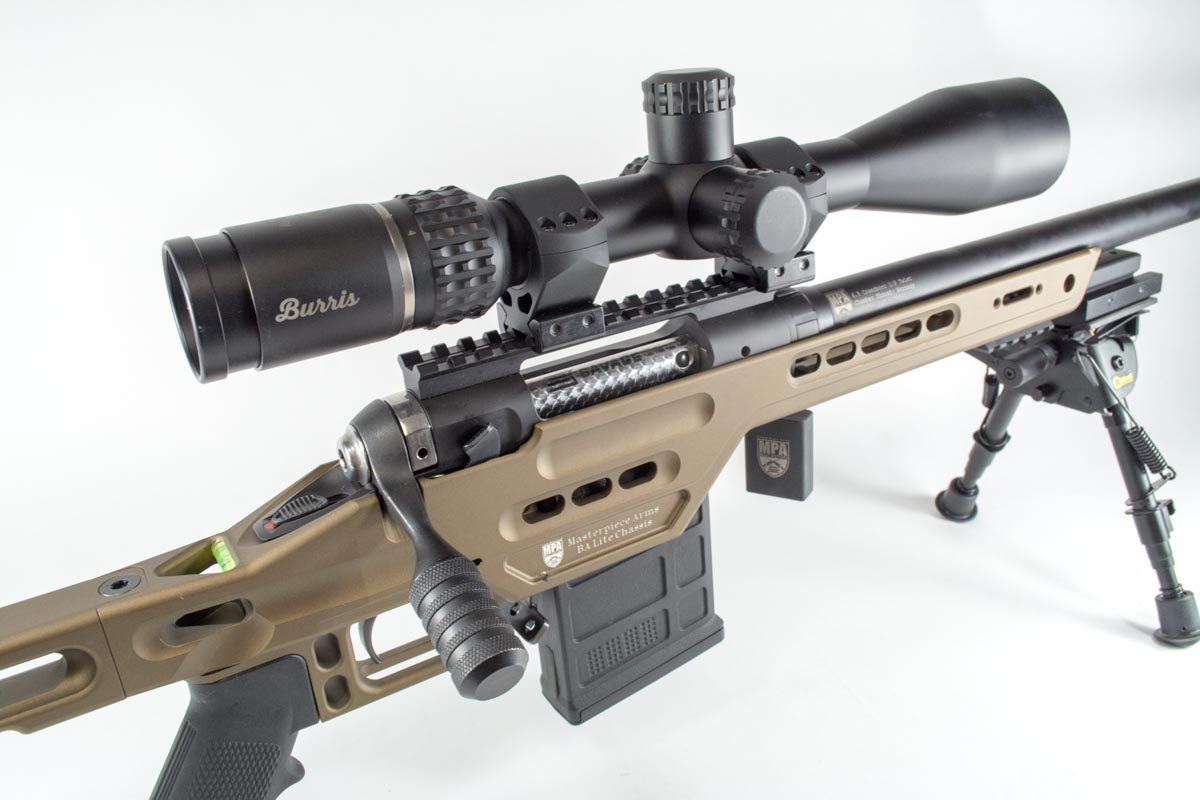
The Masterpiece Arms BA Lite PCR certainly lives up to its name. Shown here with a Burris Veracity 4-20x scope.
You know what I love about the current trend in the shooting industry? Every year, there’s a new sport that’s all the rage. That’s great for growing the collective shooting sports and getting more and more people involved. Heck, it was just a few years back that 3-Gun didn’t even exist. One of the new(er) shooting sports on the scene is the Precision Rifle Series or PRS for short. I haven’t even tried it yet, but I’m already hooked. This is the sport where you see folks perched on things like simulated roofs trying to nail targets 1,000 or so yards down range. It’s a combination of skill, reloading science, equipment optimization, and big time focus and concentration.

The Masterpiece Arms BA Lite PCR Rifle
You can learn more about PRS here, but the reason I mention it is that the rifle we’re looking at today is purpose built for PRS. In fact, it’s purpose built for the production class of PRS. Any sport can quickly become an expensive equipment race, and PRS is no exception. To make PRS accessible to the more common man or woman, PRS created a Production Class. By rule, the rifle you use can’t cost more than $2,000, and the optic price is capped at $2,000. However, you can’t spend more than $3,000 on both combined. Before you get any ideas about post-purchase customization, Production Class rifles have to be in original and unmodified factory configuration. Now you know exactly why the Masterpiece Arms BA Lite PCR Competition Rifle retails for… $1,999.
The PCR Tour
I’m gonna get this out now so I can move on in a more subdued, rational, and professional manner. When I opened the box of this puppy at my FFL, we both floated into a state of rifle euphoria. This thing is gorgeous, which I guess makes sense given the name of the company, Masterpiece Arms. I mean, seriously, it’s a work of art. Not a detectable mark or blemish of any kind and every part marries perfectly to its neighbors. I guess one should expect that when you move into four-digit price territory, but even still. Wow. OK, now that it’s out of my system, we’ll get on with the program.
Starting with the business components, the action is a Savage Model 12 short action. I ordered this one in 6.5 Creedmoor, which seemed entirely appropriate given the intended use of this rifle. The barrel is a Bergara honed model made from 416R stainless steel. The 1:8 twist rate rifling is button cut. If you’re not familiar with Bergara barrels, they shoot exceptionally well for the price you pay. When examining the action, the first thing I noticed was the discreet gold engraved note on the chamber area: “6.5 Creedmoor, 1:8 twist, Chamber Throat: 140-grain Hornady A-Max/ELD.” You know the very first thing I did was order a pile of Hornady ELD bullets from Brownells, but we’ll get to that shortly. Of course, you can shoot most any other 6.5 bullets; the rifle is just “optimized” for that one.

I did most of my shooting using the Thunder Beast Ultra 7 suppressor. Compact and light for a .30 caliber model, it did a great job of eliminating the blast.
The muzzle brake is an art form unto its own. Looking at it, you’d think it was for a .50 Caliber. I guess when you mount it on the massive bull barrel, it would look weird if it was any skimpier. Since it was about the biggest muzzle brake I’d ever seen on a rifle in this caliber range, I decided to weigh it using my wife’s digital kitchen scale. Don’t tell, OK? Anyway, it weighed in at a little over a third of a pound. Yeah! The design is kind of neat too. Unlike standard brakes which are timed (oriented in the correct position, so the blast goes exactly to the sides) using crush or flat washers, this one uses a counter-rotating double threaded system. The large nut you see with the flat sides works as a locking nut, so you just adjust that to get correct alignment of the brake while you tighten it down. I thought that was a really nice touch that’s far more elegant than the crush washer approach you normally see on lesser rifles.


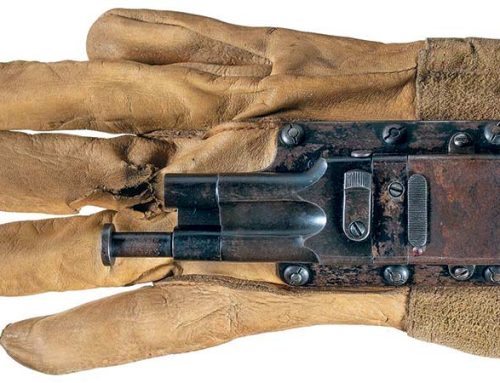
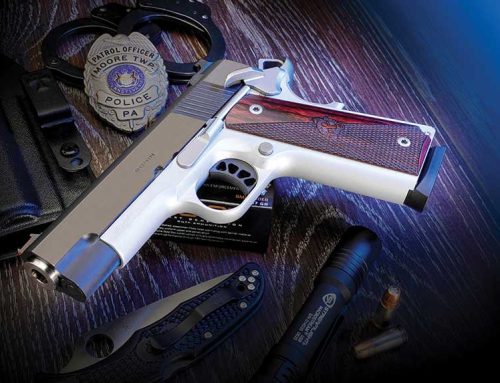


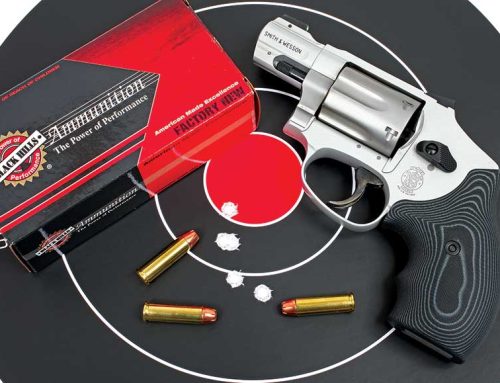
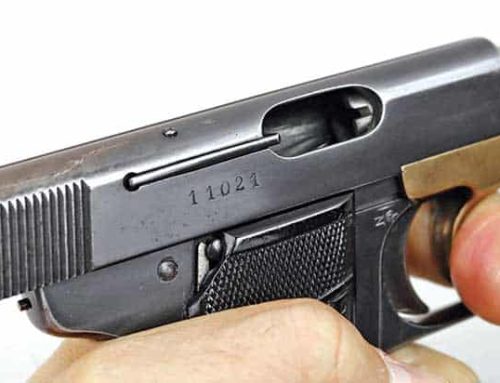
Got something to say?